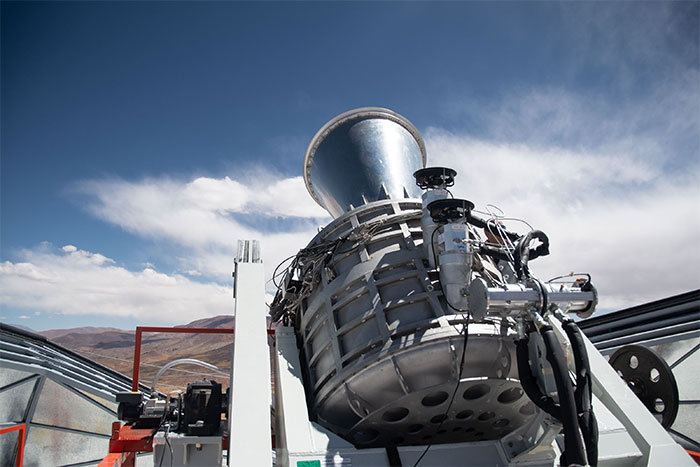The Qubic Observatory enables scientists to measure the cosmic microwave background polarization to investigate the presence of gravitational waves, one of the strongest pieces of evidence for the existence of the Big Bang.
According to a reporter in Buenos Aires, on November 24, the Argentine government inaugurated the Qubic astronomical observatory located in the Salta province in the northern part of the country, aiming to further understand the origins of the universe since the Big Bang event nearly 14 billion years ago.

The Qubic project was developed and tested in France from 2008 to 2020, involving over 130 researchers and engineers from Argentina, Italy, the UK, and Ireland. (Source: Mercopress).
The Qubic Observatory, situated at an altitude of 4,980 meters above sea level in the Alto Chorrillos area near the city of San Antonio de los Cobres in Argentina, will allow scientists to measure the cosmic microwave background polarization to investigate the presence of gravitational waves, which are among the strongest evidence for the existence of the Big Bang.
The Qubic project was developed and tested in France from 2008 to 2020, with participation from over 130 researchers and engineers from Argentina, Italy, the UK, and Ireland.
The astronomical observatory was transported to Argentina in July 2021 and was installed and tested at the Salta Integrated Research Area of the Argentine National Atomic Energy Commission over the course of more than a year.
During the inauguration of the Qubic astronomical observatory, Argentina’s Minister of Science, Technology, and Innovation, Daniel Filmus, expressed gratitude for the tireless efforts of scientists over the past 15 years to ensure the smooth operation of this project.
Mr. Filmus emphasized: “The Argentine government values the development of science and technology in improving the living conditions of its people.”
According to the National Scientific and Technical Research Council of Argentina (Conicet), the Qubic observatory operates similarly to several other cosmic observation projects, including Bicep/Keck, CLASS, and SPIDER from the United States, Ali-CPT from China, and the LiteBIRD satellite project from Japan in collaboration with some European countries. However, none of the telescopes in these projects can compare to Qubic in terms of the accuracy of interferometry techniques and spectral imaging capabilities.


















































